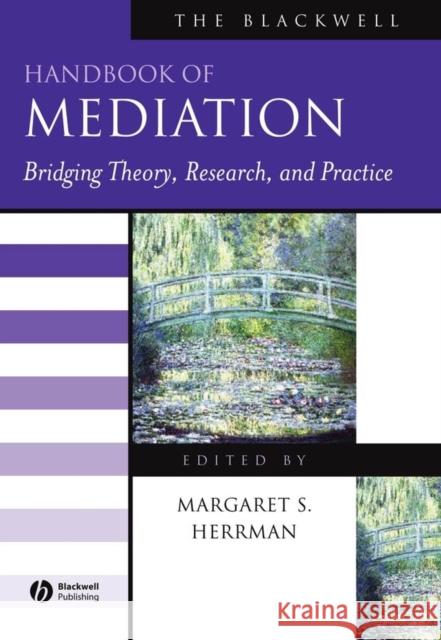The Blackwell Handbook of Mediation: Bridging Theory, Research, and Practice » książka
topmenu
The Blackwell Handbook of Mediation: Bridging Theory, Research, and Practice
ISBN-13: 9781405127424 / Angielski / Twarda / 2005 / 466 str.
This handbook invites readers who are interested in mediation, negotiation and conflict resolution to share the perspectives of experts in the field.
- Contributors include scholars, mediators, trainers and negotiators, all of whom are passionate about their work.
- Emphasises both internal and external factors as important sources of influence when negotiating conflicts.
- Explores the cultural and institutional frameworks that have shaped intervention processes.
- Considers what techniques might work when, how and why.
- Demonstrates the sophistication of contemporary studies of mediation, negotiation and conflict resolution.











